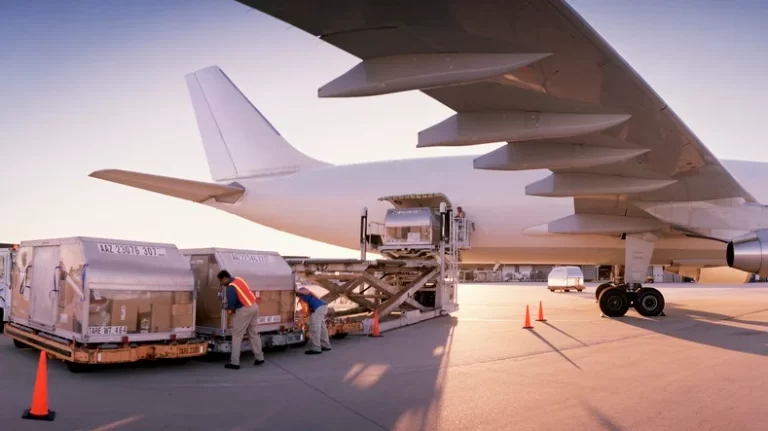Following the return to pre-pandemic level, world airlines are targeting the digitalisation of safe and sustainable air cargo operations, with records of progress already made.
The airlines, under the aegis of the International Air Transport Association (IATA), noted that air cargo volumes are now firmly back to pre-pandemic levels, but for the challenge of ensuring that air cargo growth is efficient, safe, and aligned with achieving net zero carbon emissions by 2050.
IATA’s Global Head of Cargo at the World Cargo Symposium (WCS), Brendan Sullivan, said the biggest opportunity for the air cargo industry is digitalisation.
Sullivan said this has not happened as fast as they would have liked, but progress is real.
He said: “Inefficient paper-based, manual processes are being replaced with digital solutions in all aspects of cargo operations from tracking to customs clearance. That’s a fact. And it’s making international trade more efficient.
“Our call to action is clear: governments must consistently implement global standards, supply chain partners need to collaborate to overcome shared challenges, and the entire industry must align to ensure a unified and effective approach to digitalisation,” Sullivan said.
Three areas were highlighted to illustrate progress. The seamless sharing of digital information: the adoption of the ONE Record standard is enabling efficient data exchange throughout the supply chain. The aim is for all IATA members to achieve ONE Record capability by January 2026.
Cathay Cargo and Lufthansa Cargo have already met this target. And all major airline IT platform providers have pledged to attain ONE Record capability to support this transition.
Digitalisation of customs and trade facilitation processes. Among countries already implementing, Brazil’s use of IATA’s digital standards has cut cargo release times from five days to just five hours, potentially reducing manual processing by up to 90 per cent.
And the EU, UAE and Canada recognised the value of accurate data sharing across the air cargo supply chain and will adopt pre-loading advanced cargo information systems by the end of 2024. The US was the early adopter of this in 2019.
Shipment tracking: The updated IATA Interactive Cargo Guidance offers a unified framework, enabling tracking devices to ensure the quality and accuracy of conditions for time and temperature-sensitive goods. This is critical to facilitate growing demands for real-time shipment tracking by e-commerce and pharmaceutical trade.
“Safety is critical to air cargo’s success. Last year the industry’s safety record reached new heights. Among the 38 million flights in 2023, there were 30 accidents, just one of which was fatal. A good safety record is earned every day. For air cargo that means continuing to put special emphasis on the handling of dangerous goods, and in particular lithium batteries,” Sullivan said.
Similarly, airlines and shippers have given strong demand signals for Sustainable Aviation Fuels (SAF), which are expected to account for some 65 per cent of the needed mitigation to achieve net zero carbon emissions in 2050.
“There is no shortage of demand signals from airlines and shippers to use SAF. The problem remains a shortage of supply. As we saw with the introduction of solar and wind generation for electricity, production incentives are the way forward. Japan is a good example. The government has put a 10 per cent production mandate on fuel suppliers. Singapore has also recently taken steps to create a Sustainable Air Hub with a view to foster SAF production and use. The U.S. is another with tax credits embedded in the Inflation Reduction Act that are resulting in increased production. We need more governments to follow these positive examples.
“For any industry to survive, change is essential. And constant change for anyone is never easy. But it is absolutely worth it when that change delivers 60 million tonnes of cargo that powers economies, improves peoples’ lives and genuinely makes our world a better place. And that is what inspires us to make our industry more efficient, ever safer and on target for net zero carbon emissions by 2050,” Sullivan said.
